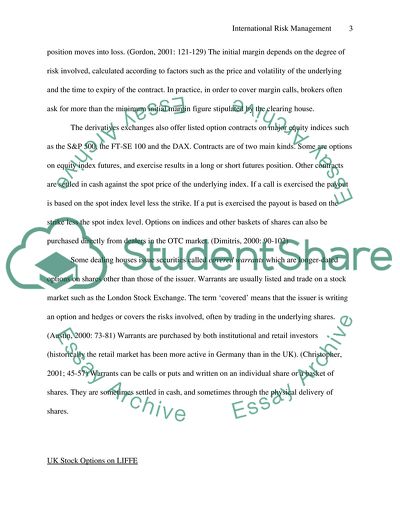Cite this document
(International Risk Management and Exchange Traded Option Markets Coursework, n.d.)
International Risk Management and Exchange Traded Option Markets Coursework. Retrieved from https://studentshare.org/finance-accounting/1706374-international-risk-management
International Risk Management and Exchange Traded Option Markets Coursework. Retrieved from https://studentshare.org/finance-accounting/1706374-international-risk-management
(International Risk Management and Exchange Traded Option Markets Coursework)
International Risk Management and Exchange Traded Option Markets Coursework. https://studentshare.org/finance-accounting/1706374-international-risk-management.
International Risk Management and Exchange Traded Option Markets Coursework. https://studentshare.org/finance-accounting/1706374-international-risk-management.
“International Risk Management and Exchange Traded Option Markets Coursework”. https://studentshare.org/finance-accounting/1706374-international-risk-management.


